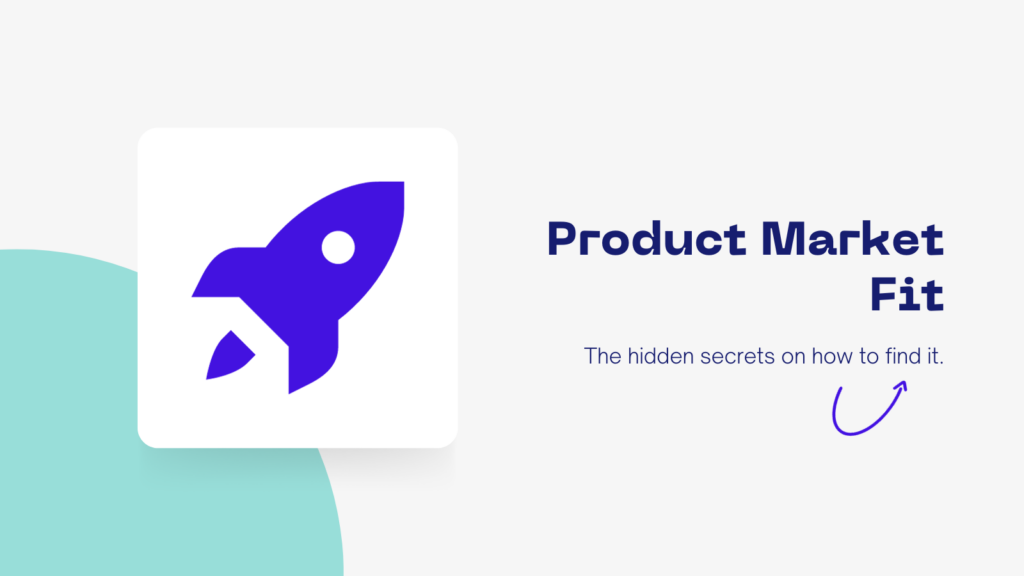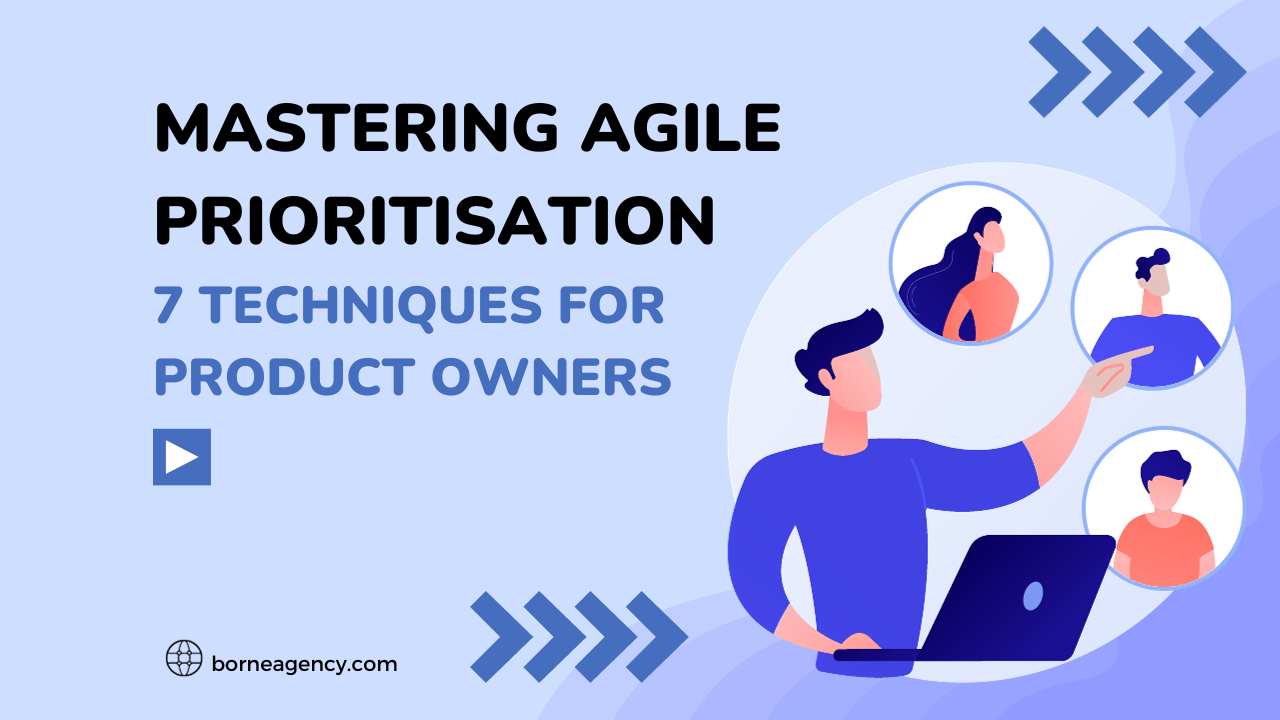Oct 30 - 5min readProduct Market Fit: The hidden secrets on how to find itBy Launchbase
How to Find Product-Market Fit: The Hidden Secrets
The road to success in the world of startups is riddled with challenges, but there’s one pivotal question that founders must answer to unlock the elusive treasure known as “product-market fit.” This question, posed by Andy Rachleff, co-founder of Benchmark Capital and a key figure in Silicon Valley, has been the cornerstone of entrepreneurship courses at Stanford. So, what’s the million-dollar question? “What do you uniquely offer that people desperately want?”
Product-market fit represents the Holy Grail for early-stage startups. Without it, efficient scaling remains a distant dream. However, once this elusive milestone is achieved, the path to success becomes more navigable. Customers start referring new prospects, and your unit economics (LTV/CAC) gain strength. Webflow Co-founder Bryant Chou captures the essence of this transformation, stating, “Once the market understood what we could do, it was just, we want more! We want more templates, more functionality, more tutorials. Our product development velocity was our marketing strategy for organic growth.”
For years, founders have been on a quest to uncover the secrets of product-market fit. How do you find it, measure it, and know if your startup has truly achieved it? While the topic has been explored extensively, there remains a veil of misunderstanding surrounding it. To dispel these myths, we had the privilege of interviewing Andy Rachleff on the “Startup Field Guide” podcast, where he unveiled some counterintuitive secrets behind this pivotal concept.
What is Product-Market Fit?
Product-market fit materializes when a company addresses a sizable and monetizable market with a unique and compelling product that meets the specific needs of a target customer segment. At this point, customers are not only buying but also using your product, and they’re enthusiastically spreading the word to others. This sustainable growth is the true indicator of product-market fit. It’s worth noting that as a company evolves, they may choose to develop new products and must find product-market fit anew. Success in this iterative process can lead to building a multi-product business that lasts for generations.
But, before you dive headfirst into the journey of finding product-market fit, there are crucial ingredients that your startup must possess to stand a chance.
Ingredients for Product-Market Fit
Ingredient 1: A Unique Insight
Every successful journey toward product-market fit starts with a unique insight. This insight can originate from the founding team’s innate understanding or may emerge while working on a different project. Such insights are often born during periods of substantial change in a market or technological landscape. As Andy puts it, “Without change, there’s seldom opportunity.” These insights can take various forms, from identifying unmet market needs that established players have ignored to discovering new technologies that unlock previously unattainable capabilities. This unique insight should answer the fundamental questions: Why now, and why you?
According to Andy, entrepreneurs don’t succeed solely through sheer grit or leadership skills. Success hinges on possessing a unique and powerful insight that leads to a product people desperately want. As he puts it, “I think entrepreneurs succeed because they have a unique and powerful insight that leads to a product that people desperately want.”
Ingredient 2: A Radically Different Vision
To grab the attention of customers and stand out in a crowded market, your product vision must be radically different from the status quo. Incremental improvements won’t cut it when established alternatives already exist. As Andy emphasizes, “If you’re just going to add incremental improvements to your product, it’s unlikely people are interested because there’s a good enough alternative they already use.” Therefore, to achieve product-market fit, your approach must be distinctive, disruptive, and capable of solving problems in ways previously unexplored.
Take Snyk, for instance, which entered a competitive security market with a radically different approach, focusing on developers and a bottom-up sales strategy. Their shift in the DevOps landscape was their eureka moment, demonstrating how a unique vision can reshape an industry.
Ingredient 3: A Desperate Customer
Desperation is a key element of product-market fit. For customers to invest their time and effort in a brand-new startup’s product, they must be desperate to solve a critical problem. This is often described as the “hair on fire” problem. Desperation can arise from frustration with existing tools or a lack of viable alternatives. When customers are desperate, they’re more willing to adopt a new solution.
Henry Ward’s experience with Carta illustrates this point. Initially, it was challenging to convince founders and lawyers to switch to their cap table management software. However, offering affordable, fast 409A valuations—a pain point for many—sparked interest and satisfied desperate customers.

How to Measure Product-Market Fit
Measuring Product Market Fit isn’t one-size-fits-all. It depends on your business model and experimentation design. For consumer businesses, Andy suggests that the best metric for success is whether your company can achieve exponential organic growth in retained users, not paid growth in acquired users. Organic growth, generated through word-of-mouth, is a strong indicator of product-market fit.
A common framework for consumer companies is Sean Ellis’s survey, which asks active users how upset they would be if they lost access to the product. Over 40% of users expressing distress signals a sufficiently unique and compelling product.
On the enterprise side, if you’re following a top-down sales approach, a key metric for product-market fit is achieving a sales yield greater than one with a repeatable playbook. A sales yield greater than one indicates that customers are buying your product to solve a consistent set of problems, and your sales team, not just the founder, is generating a gross margin that exceeds the team’s costs.
In Andy’s words, you need to find a desperate customer who understands your product’s value proposition, even when pitched by a newly hired salesperson. Until you reach a sales yield greater than one, you’re still in customer discovery mode, and the founder or CEO should be handling the sales.
How to Find Product-Market Fit
Andy advises founders to test the three core components of their company strategy: the value hypothesis (the insight), the implementation (the product), and the growth hypothesis (the go-to-market strategy). This approach aligns with Steve Blank’s principles of customer development.
The Value Hypothesis
The value hypothesis encompasses what you’re building, who it’s relevant for, and how you price the product. This hypothesis represents the primary reason why a specific set of target customers might want to use your product. To validate this hypothesis, consider running tests such as looking at search results, conducting Kickstarter campaigns, or using smoke tests to gauge potential interest.
The Implementation
The implementation is about aligning your solution with the problem your customers face. Make sure your approach fully resonates with them. While conducting these tests, remember that a “yes” or “no” response is more informative than a “maybe.”
The Who (Target Audience)
Rather than iteratively refining the product, focus on identifying the right audience. If your initial value hypothesis proves incorrect, don’t add more features. Change your target audience to find a common audience that’s desperate for what you offer. Iterating on “who” rather than “what” is usually the right approach.
Edith Harbaugh, co-founder of Launch Darkly, exemplifies this principle. She pivoted her focus from Silicon Valley companies, which had built in-house solutions, to companies outside the region.
The quest for product-market fit remains a dynamic and challenging journey. It hinges on unique insights, a radically different vision, and, most importantly, serving the needs of desperate customers. As Andy Rachleff underscores, the path to success often involves a cycle of innovation, refinement, and adaptation. Embracing the counterintuitive secrets behind product-market fit can set a startup on a course to not just meet market needs but also exceed them. This journey, marked by persistence and a relentless pursuit of what people desperately want, is where the magic of entrepreneurship truly begins.



